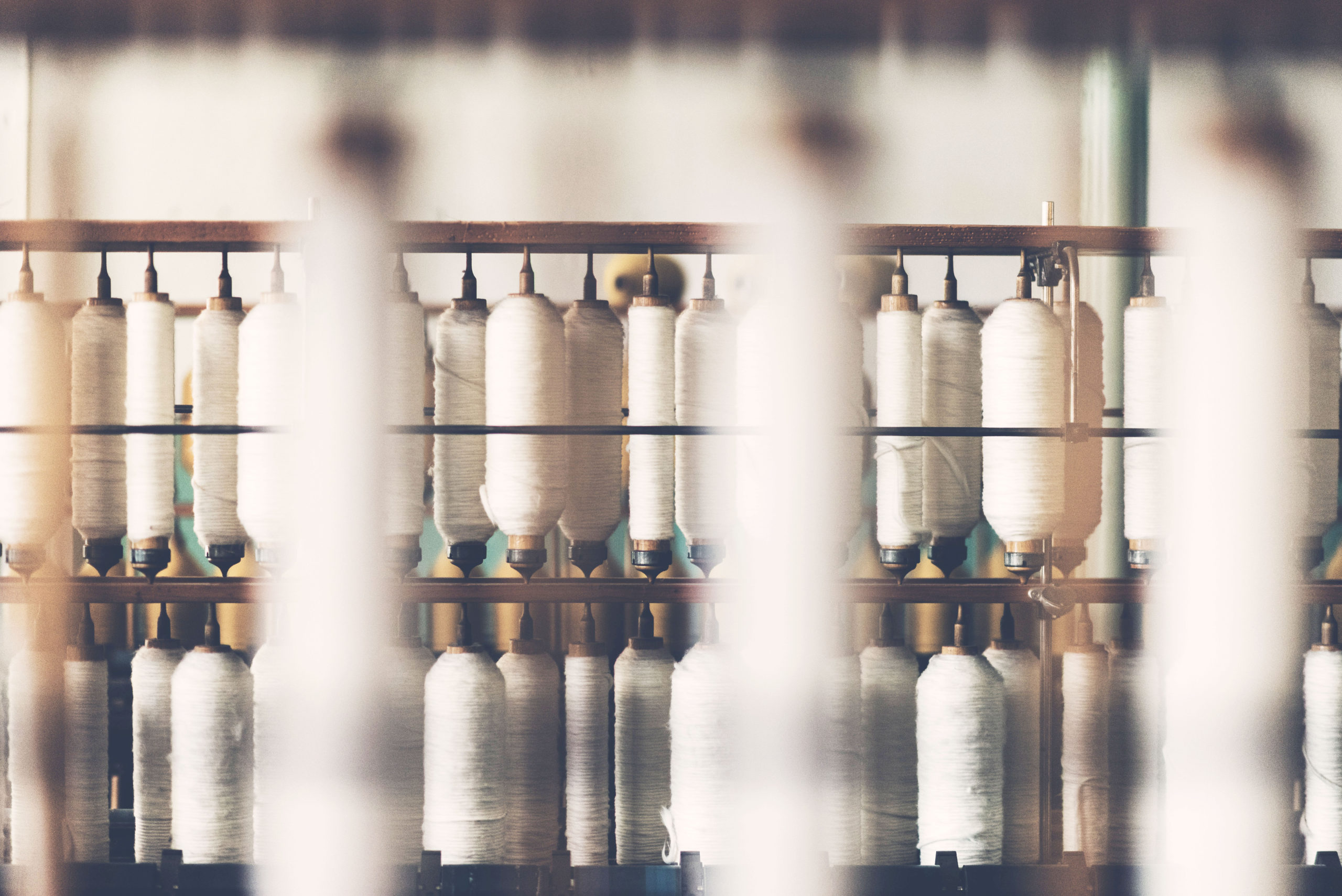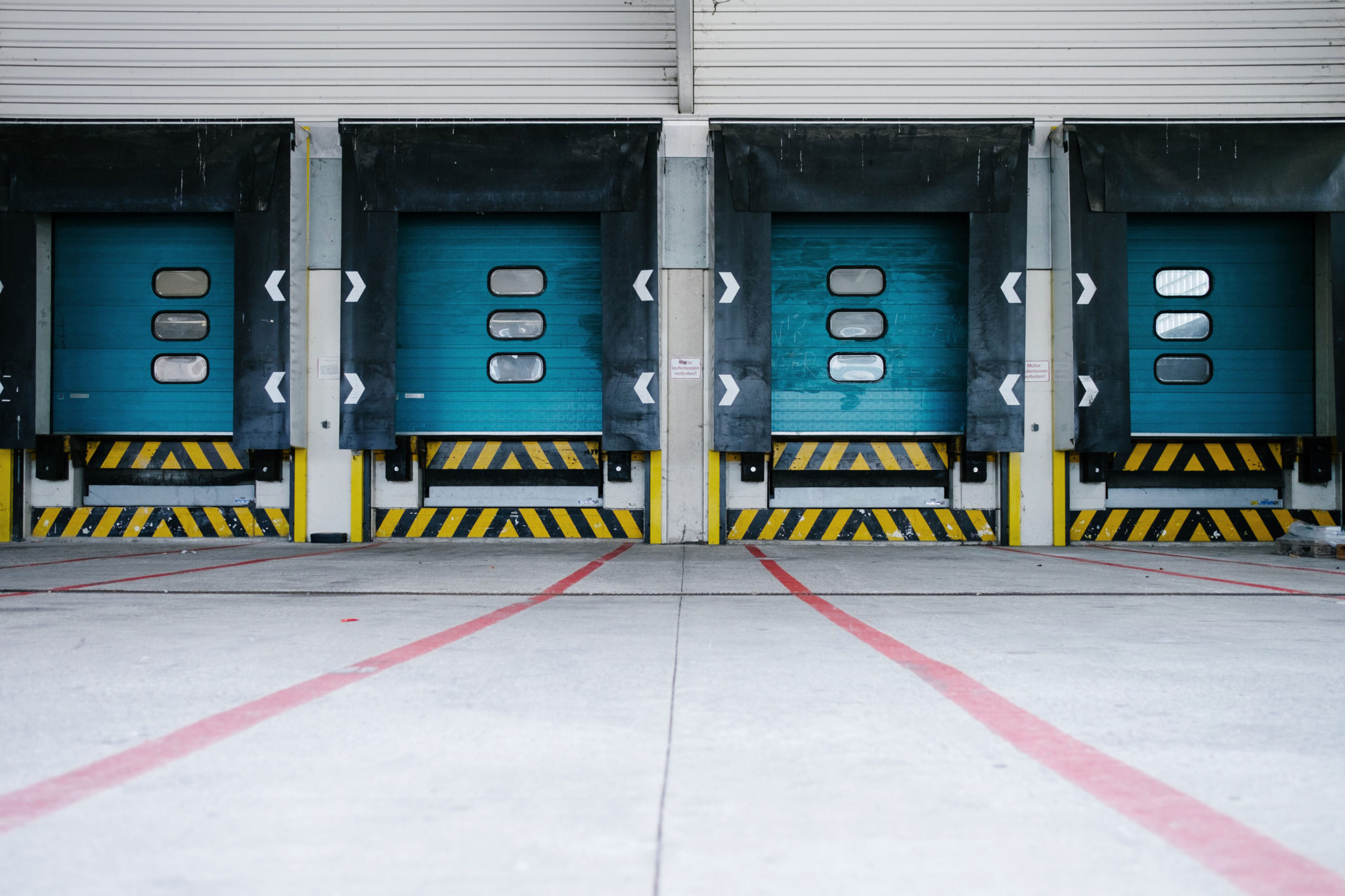Where are you focusing your digital marketing efforts for 2022?
After the rapid, global surge in fashion e-commerce that took place between 2015 and 2018, it’s time to seriously rethink what SMART goals you can achieve in 2022, taking into account the multiple factors that impact the industry, both the effects of the pandemic and the complex reality we live in: environmental impact, the rise in electricity prices, the supply chain crisis, new legislation, etc. Not to mention the digital reality we live in, with large marketplaces like Amazon trying to strengthen its monopoly — now also in the fashion world —, players like Apple making it difficult to obtain comprehensive data from advertising platforms, future cookieless policies, etc, along with, of course, more informed, demanding and even politically minded consumers.
So perhaps, before looking at how to boost results for your fashion e-commerce business, you should be asking yourself, ‘Realistically, how much do we need to grow?’
The growth of an e-commerce business’ results should always be aligned with its business goals, so this isn’t a trivial question or an easy one to answer. It’s important to think about the general direction your company wants to go in, and consider all the elements mentioned above with their implications for your business.
No longer can we define goals separately, basing our targets on a single factor with respect to previous seasons, or setting target figures without thinking about the bigger picture. And within this reflection, consider: what if you were to prioritise sustainable growth, the satisfaction and extreme loyalty of your customers and a balance between your production and marketing model?
Growth levers for fashion e-commerce
The concept of sustainability is nothing new in the industry, and if you follow BCOME’s blog, you likely already have a good grasp of the subject. But we’d like to take this reflection to a different field: sustainable growth in online sales.
As with any aspect of the digital realm, in order to improve, you first need to measure, so it’s key to start by properly implementing the data model to be monitored, with appropriate conversion tools that are consistent with your business’ turnover. A small or medium-sized e-commerce business will do well with Google Analytics — if implemented correctly —, but larger e-commerce businesses will need more and more specialised tools.
So, today we’d like to share with you an approach to sustainable growth for your e-commerce business, based on the following three factors:
1. Number of visitors
Want more visitors to your e-commerce site? How many? Do you really need more visitors, or do you actually need to improve your conversion rate?
Every business has its own values and positioning, and these aspects are what will define its marketing strategy. In a world in which well-known brands are moving away from social networks, such as Patagonia, which in October 2021 stopped investing in advertising on channels such as Facebook, and Lush, which abandoned Facebook, Instagram, TikTok and Snapchat in November of the same year, it’s important to reflect on what media you use to attract a larger audience. Making the power of branding more tangible, carrying out actions and using channels that are consistent with the brand’s values and mission, as well as investing in channels that are marketing-friendly and offer ROI not only in the short term, but also in the medium and long term, are some of the biggest challenges marketing professionals will face in these uncertain times.
2. Conversions
Sometimes you may attract a big audience, but they don’t convert in the way you’d hope. What could be going on? How many more do you need to convert? As always, first you need to adjust your expectations. Once you get realistic and smart about your conversion ratios, you’ll need to analyse each stage of the funnel (nothing new): visits to product pages and their conversions based on segmentation criteria, trolley abandonment, unfinished registrations, uncompleted payments, etc. and optimise and test wherever you detect room for improvement.
One really useful key to achieving sustainable improvements during the different conversion stages is A/B testing. But beware, don’t introduce more than one change at a time so that you can see what is working and what isn’t.
You can also use technology that will allow you to improve, or include new features that add value. Be guided by trends that will help you convert more and that other successful e-commerce businesses have already tried and tested, as long as you do it with your consumer in mind and that it’s consistent with your brand, of course:
- Offer real data on the sustainability of your garments, leaving out any vague terms that could sound like greenwashing. As you already know, with BCOME you can easily include this information on your e-commerce site, while also completely adapting it to suit your website’s style.
- Add photos of real users to bring your products to life and give visitors outfit inspiration. This will get your customers to bring in more customers.
- Provide information on how to choose the correct size. Help your customers overcome that ‘fear of not getting the size right’ that often goes hand-in-hand with online fashion shopping.
- Offer different payment methods tailored to the reality of your target market to create a fuss-free payment experience.
- Invest in usability and a fantastic 360° user experience, making it become part of your business hallmark. Make things easier for the consumer and they’ll thank you for it.
‘Thanks to BCOME, we collect sustainability data, communicate our impacts transparently and increase our conversion e-commerce rate sales by 13%.’ Ecoalf
3. Loyalty
The fashion world can be very volatile in terms of repeat purchases if there’s no satisfaction or emotional attachment to the brand, particularly nowadays. But even with a very strong connection, loyalty may not be as powerful as you’d like. In other words, your consumers may not buy from your e-commerce business as many times as you might expect. Thinking about how many purchases a user may make per year, in two years or even five years could give you a more sustainable way of looking at, analysing and defining repeat purchases for your e-commerce business in a realistic, sustainable way.
Think of each consumer as a unique user with their own preferences and characteristics, and be sure to customise their online post-purchase experience with kind, generous gestures. Don’t bombard them with newsletters or mass remarketing; instead, treat each customer as you would like to be treated — it may just be the key to selling more, and most importantly, better and more sustainably, over time.
At BCOME, we believe that brands can and will grow if they do things right, if they really think about their consumer and strive to have a positive impact on all levels: environmentally, economically, socially and ethically, with renewed business models and sustainable and realistic growth. We’d be delighted to be your allies on this journey. Want to get in touch?








